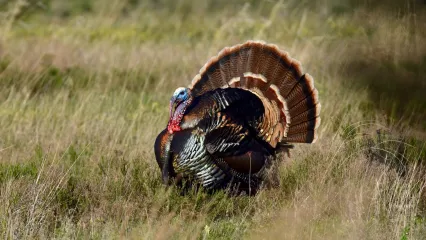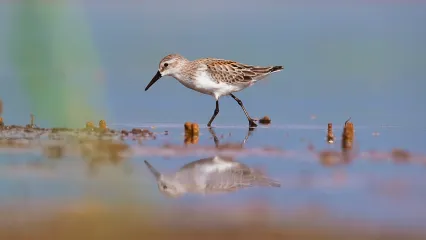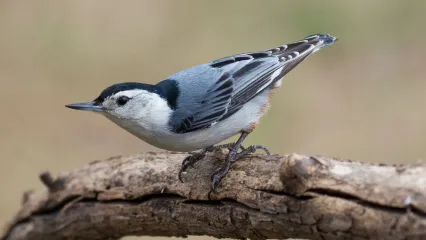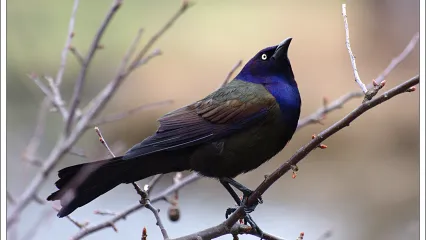
Description
The Rio Grande wild turkey (Meleagris gallopavo intermedia) is native to the central plains states and got its common name from the area in which it is found - the life-giving water supply which borders the brushy scrub, arid country of the southern Great Plains, western Texas and northeastern Mexico.
The Rio inhabits brush areas near streams and rivers or mesquite, pine, and scrub oak forests. It may be found up to 6,000 feet elevation and generally favors country that is more open than the wooded habitat favored by its eastern cousins. The Rio Grande is considered gregarious and, nomadic in some areas, having distinct summer and winter ranges. They may form large flocks of several hundred birds during the winter period. It has been known to travel distances of 10 or more miles from traditional winter roost sites to its nesting areas. Hens are similar in color but duller. Feathers of the breast, sides, and flanks are tipped with pale pinkish buff.
Size
Adult male, gobbler or tom, can be up to 4 feet tall, but with disproportionately long legs and weighing more than 20 lbs.
The adult female, a hen, is almost as tall as the tom but weighs between 8 to 12 lbs.
Habitat
The Rio inhabits brush areas near streams and rivers or mesquite, pine and scrub oak forests. It may be found up to 6,000 feet elevation and generally favors country that is more open than the wooded habitat favored by its eastern cousins. The Rio Grande is considered gregarious and, nomadic in some areas, having distinct summer and winter ranges. They may form large flocks of several hundred birds during the winter period. It has been known to travel distances of 10 or more miles from traditional winter roost sites to its nesting areas.


